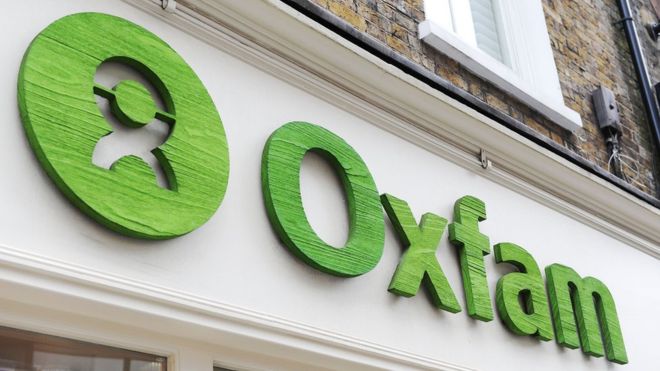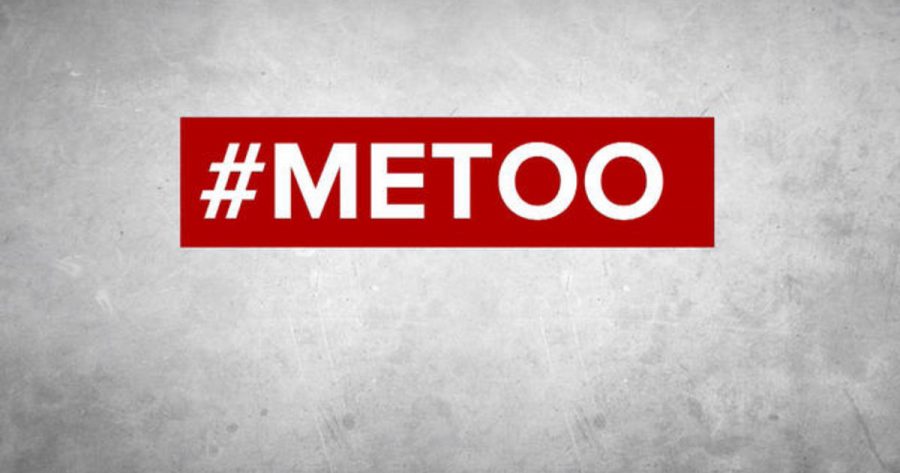By Jessica Pupo
Staff Writer
In the wake of hurricanes Irma and Maria, Puerto Rican politics were thrust to the forefront of national conversation. A maritime law from the early twentieth century held the spotlight as many called for the suspension or outright revocation of the Jones Act. But what is the Jones Act?
The Merchant Marine Act of 1920, commonly known as the Jones Act, was enacted to protect the American shipbuilding industry after losses during World War I. The law requires all shipping between United States ports to use U.S.-flag ships constructed in the U.S., owned by U.S. citizens, and manned by U.S citizens or permanent residents. The law is noteworthy because U.S.-flag ships that meet the requirements of the Jones Act are more costly and as a result, increase the price of goods. The cost of living in Puerto Rico is 13 percent higher than the U.S. mainland. The same food sold in Florida costs twice as much in Puerto Rico.
After the hurricanes hit Puerto Rico, the U.S. response was slow and calls for suspension of the Jones Act were overwhelming. The reasoning behind digging up an old maritime law was if the U.S. federal government was not going to step in to help Puerto Rico, then it should let those willing to be able to do so.
Following Hurricane Harvey and Irma’s impact on the southeast U.S., the Jones Act was temporarily waived for the ports near the devastation to help deliver fuel and other supplies. While Texas, Louisiana, and Florida needed the waiver, many are frustrated with the contrast in the Trump administration’s response to Puerto Rico. The Department of Homeland Security stated there were enough U.S.-flagged vessels available to deliver resources to the island and that the problem lay with weak Puerto Rican ports, not with the shipping law.

The Jones Act also adversely affects shipping goods to Puerto Rico’s economy. According to several studies, the revenue Puerto Rico lost as a result of the law would exceed the current public debt. A 2010 University of Puerto Rico study reviewed the estimated losses between 1990 and 2010. They put the loss at $537 million for the 2010 fiscal year, and reported a peak impact on Puerto Rico at an estimated loss of $1.1 billion in the 2000 fiscal year. Their estimates of the financial toll on Puerto Rico fluctuate throughout the years due to changes in the economy or world market, not due to any cost reductions or because the act’s affects have become weaker. The damages from the Jones Act affects ports of U.S. states as well, especially the non-contiguous states of Hawaii and Alaska, who are included in those estimates of losses.
The 2010 University of Puerto Rico study explains the importance of different studies’ findings in their conclusion: “Several studies have been made in the past about Jones Act’s impact on PR’s economy. Despite the differences in methodology, all share the same conclusion: A negative effect.”
On Sept. 28, the Trump administration finally administered a temporary waiver for ten days after being pressed on the issue. Many criticized the short time period of relief, but expected the waiver to be extended once it became clear that Puerto Rico remained in need of serious aid. On Oct. 11, the waiver expired. The Department of Homeland Security failed to extend it because they believed it was “unnecessary to support the humanitarian relief efforts on the island,” according to David Lapan, a Homeland spokesman.
Puerto Rico is projected to take at least ten years to recover from hurricanes Irma and Maria. Congressional legislation is currently being proposed to eliminate the affects of the Jones Act. It is unclear at this time whether or not the bill is being seriously considered.












